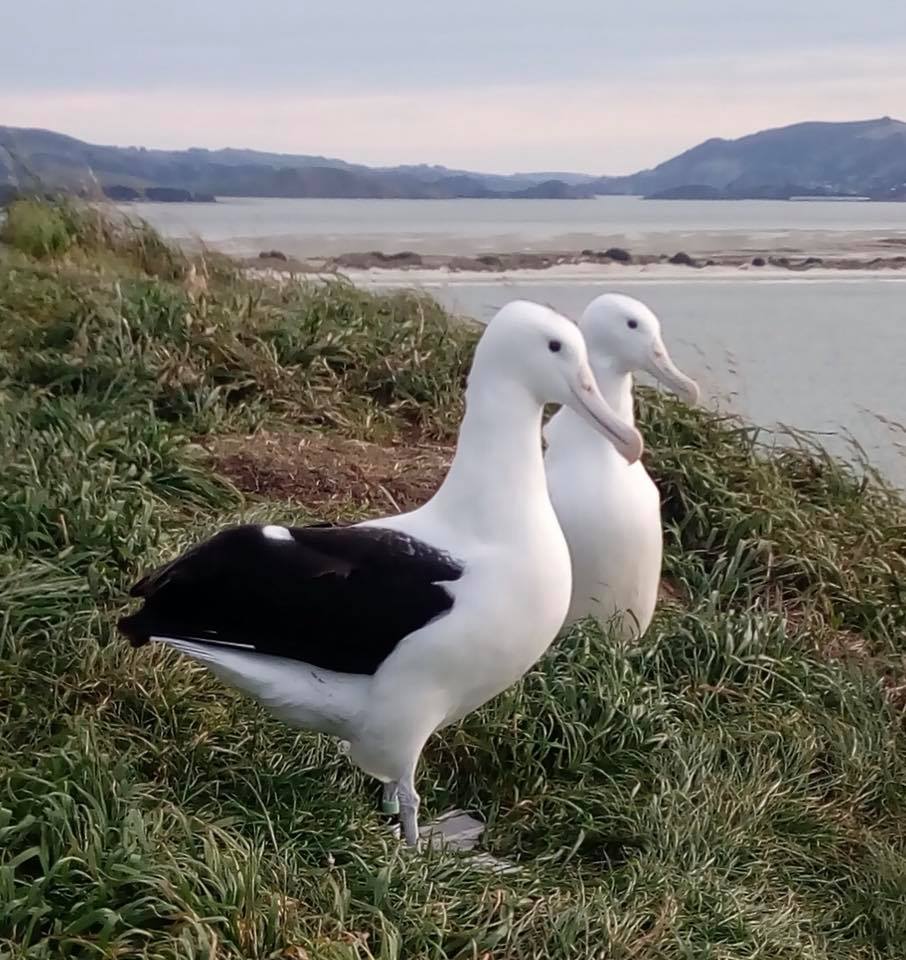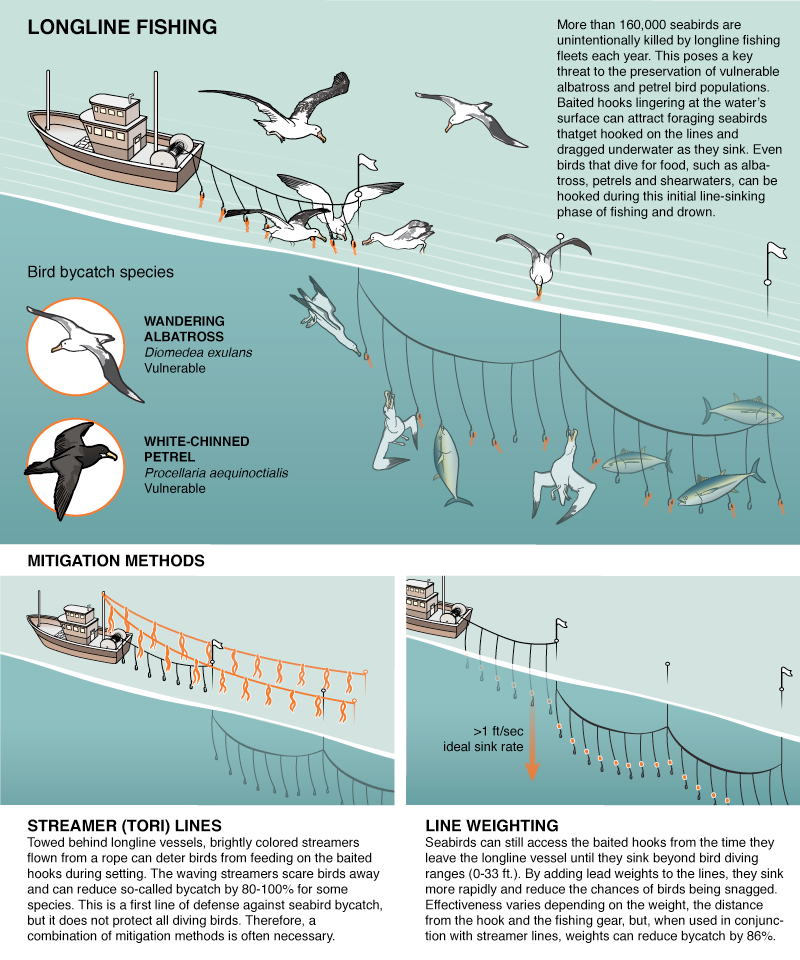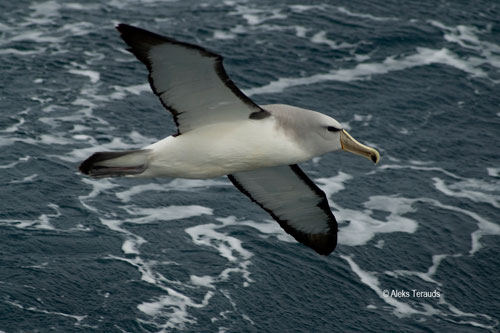Christopher Jones (FitzPatrick Institute of African Ornithology, University of Cape Town, South Africa) and colleagues have published in the journal Polar Biology on introduced House Mice Mus musculus attacking adults of two species of threatened albatrosses on Gough Island and Northern Giant Petrels Macronectes halli on Marion Island.
The short note’s abstract follows:
“Invasive house mice Mus musculus are significant predators of seabird chicks on islands where they are the only introduced mammal, but there are very few records of attacks on adult birds. We report the first evidence of mouse attacks on adult albatrosses and petrels breeding on Marion and Gough Islands, where there has been a recent increase in attacks on seabird chicks. In September 2017, wounds consistent with a mouse attack were recorded on an incubating adult male Northern Giant Petrel Macronectes halli on Marion Island. The nest was deserted, and breeding success within 500 m was 18% (n = 11) compared to 68% at nests > 500 m away (n = 123), suggesting that other incubating adults in the immediate vicinity also might have been affected. In March 2018, an incubating Tristan Albatross Diomedea dabbenena was found on Gough Island with a typical mouse wound on its rump. The egg hatched and the same bird was later seen brooding and feeding the chick. In October 2018, an incubating Atlantic Yellow-nosed Albatross Thalassarche chlororhynchos was found on Gough Island with a wound on its back suggestive of a mouse attack and 23 freshly dead carcasses of this species were found, next to empty nests, in nearby colonies. These observations add to mounting evidence of the impacts of mice on seabirds, and further support calls to eradicate mice from Marion and Gough Islands.”
Reference:
Northern Giant Petrel on Marion Island, photograph by Marienne de Villiers
Reference:
Jones, C.W., Risi, M.M., Cleeland, J. & Ryan, P.G. 2019. First evidence of mouse attacks on adult albatrosses and petrels breeding on sub-Antarctic Marion and Gough Islands. Polar Biology doi.org/10.1007/s00300-018-02444-6.
John Cooper, ACAP Information Officer, 08 January 2016
POSTSCRIPT: In August 2003 the ACAP Information Officer observed an incubating Northern Giant Petrel on Marion Island with a large rump wound that exposed bone. The next day the bird was not present and the abandoned egg was broken. The injury was possibly due to a mouse.

 English
English  Français
Français  Español
Español 



